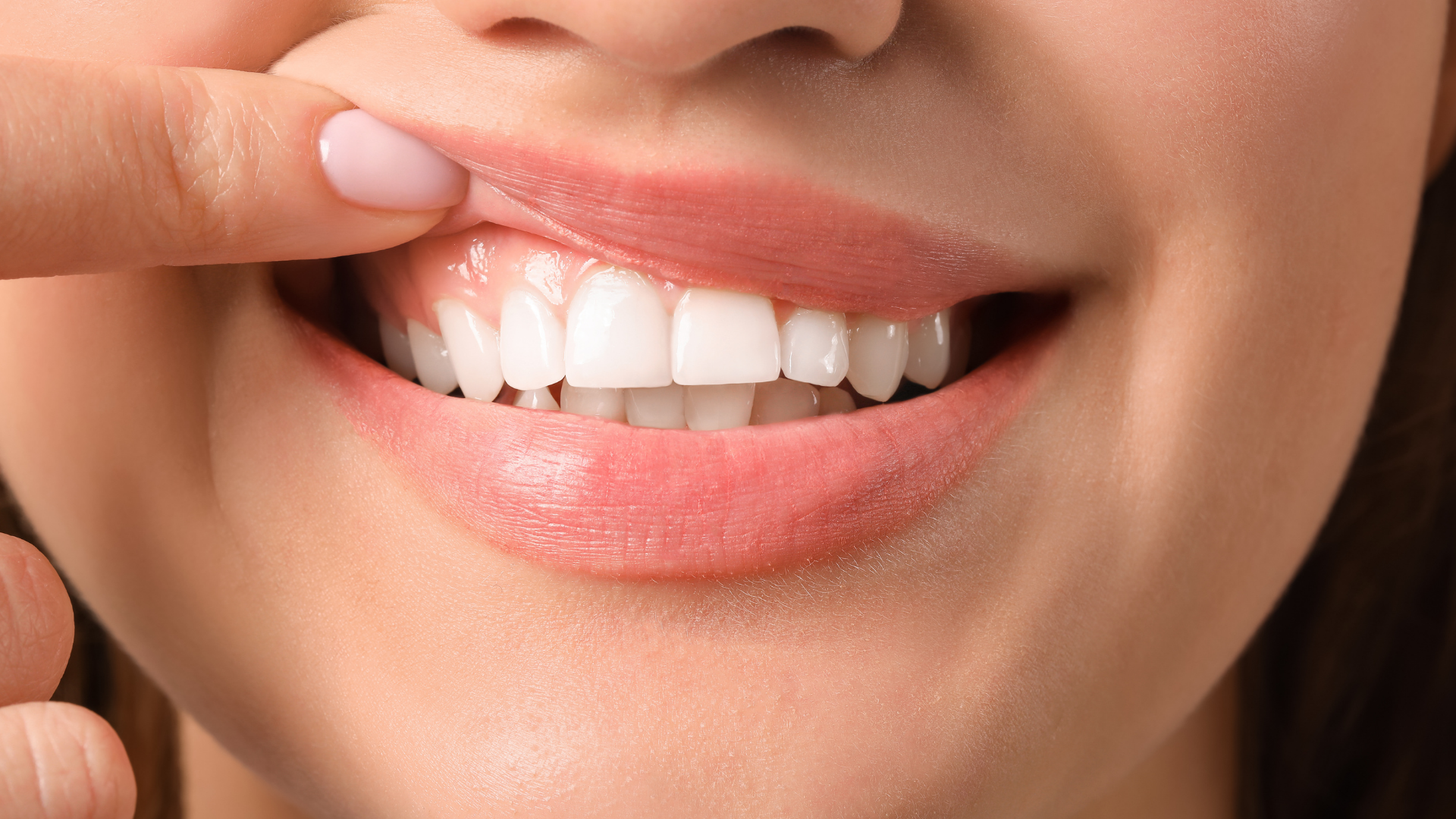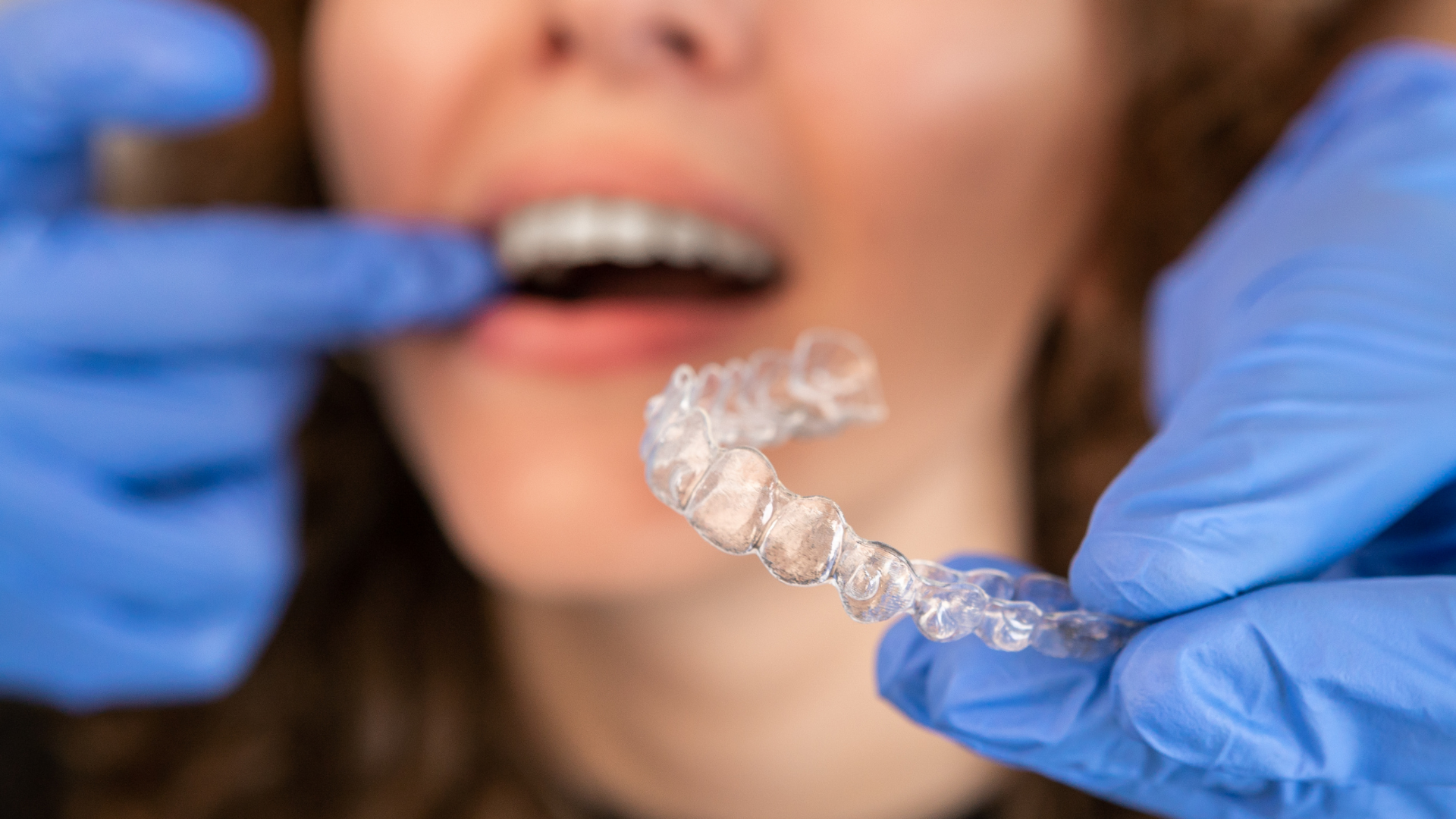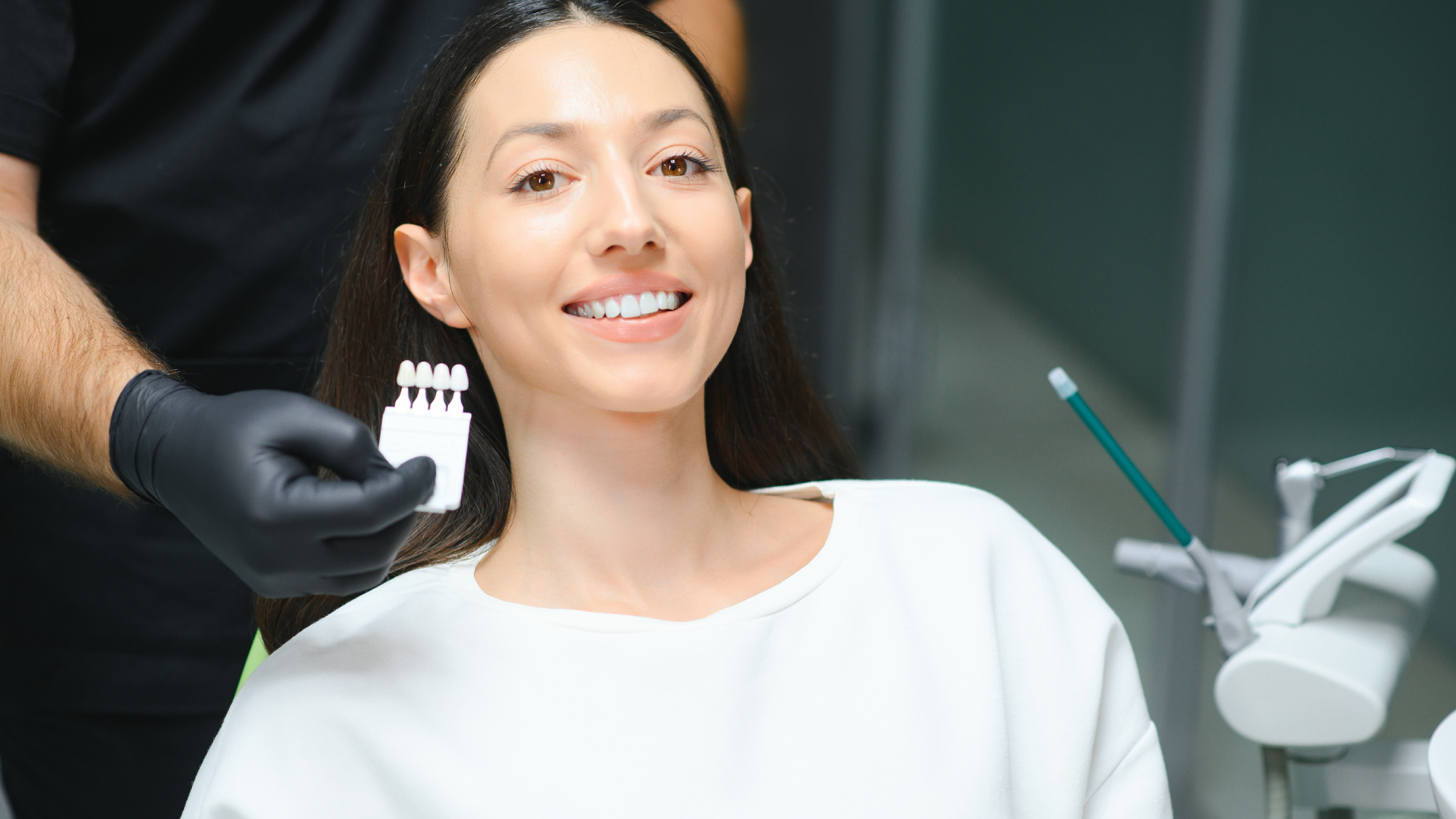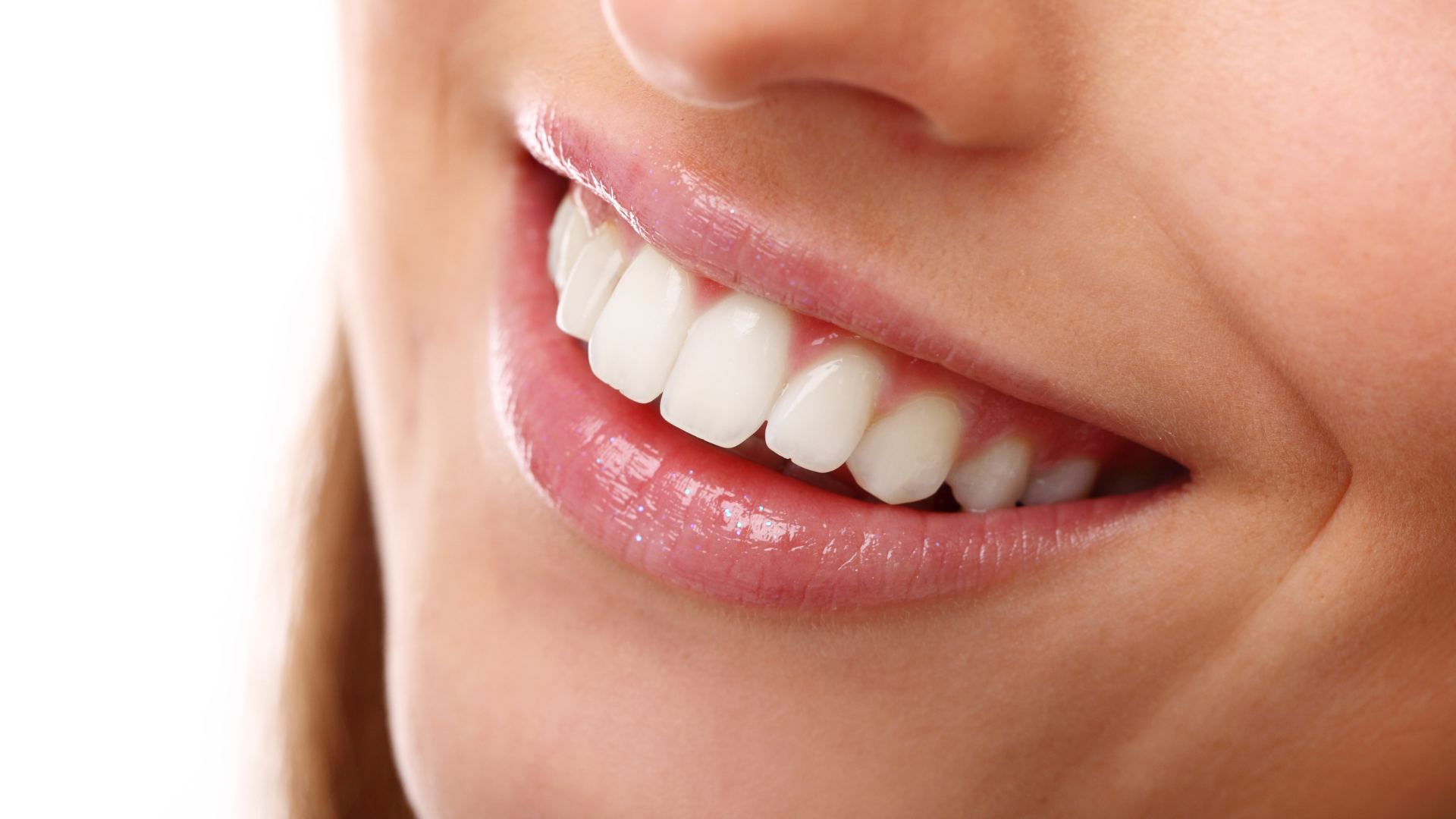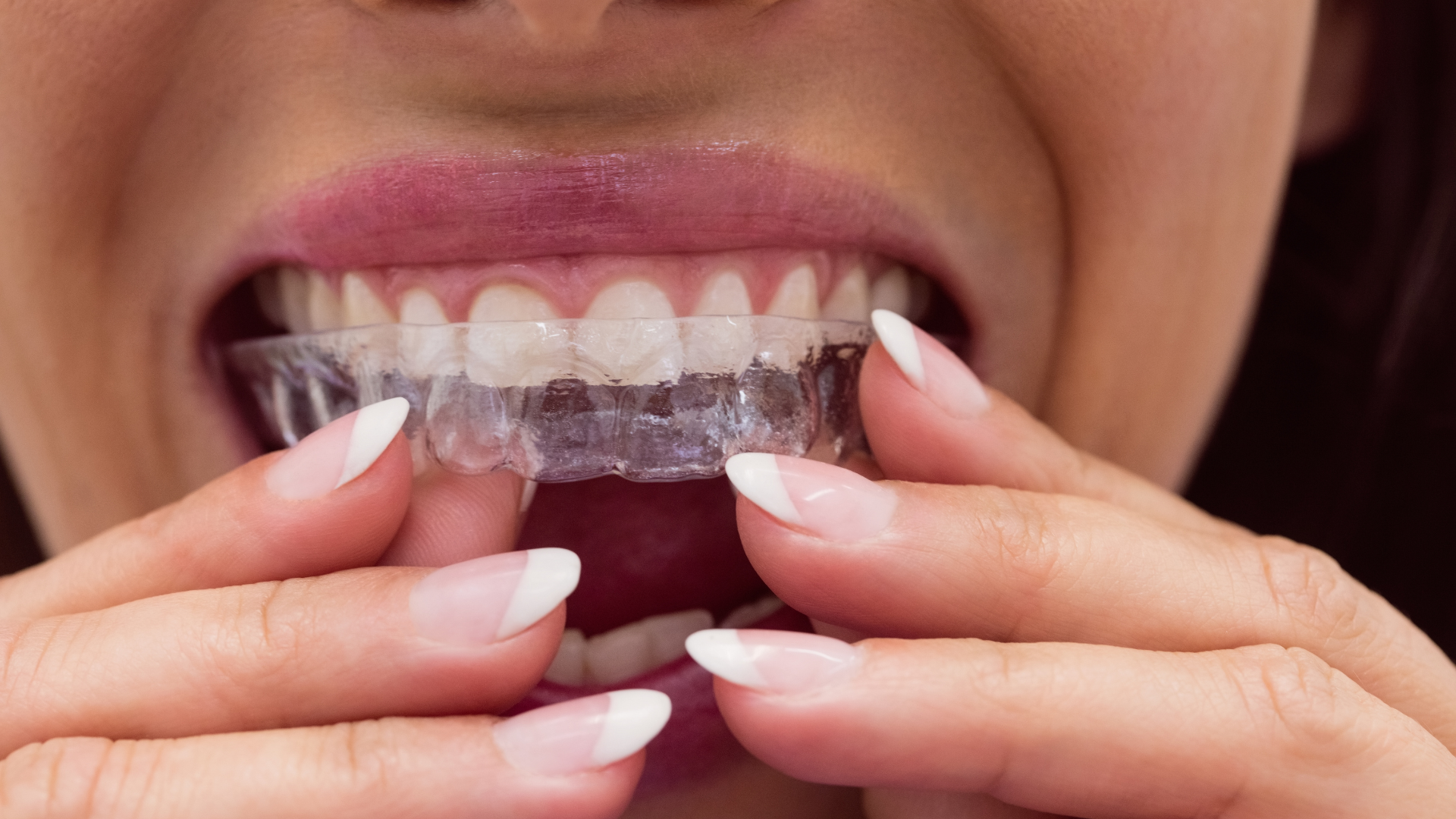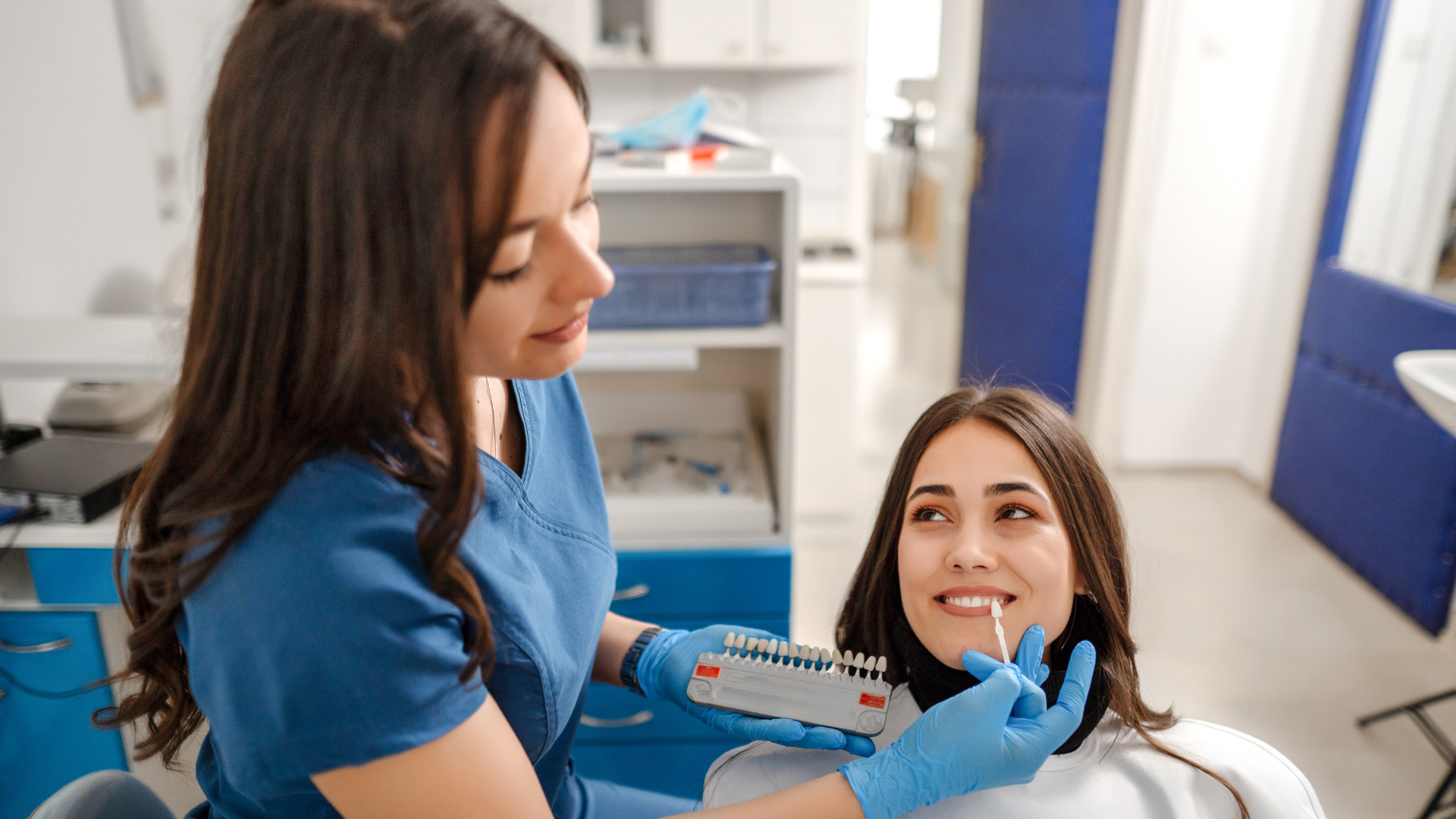Invisalign is a popular orthodontic treatment that uses clear aligners to straighten teeth. Unlike traditional braces, Invisalign aligners are virtually invisible, making them a discreet option for individuals who want to improve their smile. This article will explore how Invisalign works, the benefits of this treatment, and who is a good candidate for it.
Key Takeaways
- Invisalign uses clear aligners to gradually move teeth into their desired position.
- The aligners are custom-made for each patient and are replaced every few weeks.
- Invisalign offers several benefits, including improved aesthetics, comfort, and convenience.
- Ideal candidates for Invisalign are individuals with mild to moderate orthodontic issues.
- Maintaining good oral hygiene is important during Invisalign treatment.
What is Invisalign?
How does Invisalign work?
Invisalign is a popular orthodontic treatment that uses a series of clear aligners to gradually straighten teeth. These aligners are custom-made for each individual and are worn for about 22 hours a day. They apply gentle pressure to the teeth, gradually shifting them into the desired position. Unlike traditional braces, Invisalign aligners are removable and virtually invisible, making them a more convenient and aesthetically pleasing option. Invisalign has been proven to be more comfortable than braces and can often achieve results faster. According to a study conducted by Bryant St. Dental, Invisalign treatment can lead to better oral hygiene and reduce the risk of tooth decay and gum disease. Overall, Invisalign offers a modern and effective alternative to traditional braces.
Benefits of Invisalign
Invisalign offers several advantages over traditional braces. Unlike braces, Invisalign aligners are removable and virtually invisible, allowing patients to maintain their natural smile throughout the treatment. Additionally, Invisalign aligners are more comfortable than braces as they are made of smooth plastic without any wires or brackets. Patients also have the freedom to eat whatever they want without worrying about food getting stuck in their braces. Invisalign treatment at Bryant St. Dental provides a convenient and discreet option for achieving a straighter smile.
Who is a good candidate for Invisalign?
Invisalign is a popular alternative to traditional braces, offering a more discreet and comfortable orthodontic treatment. It is especially beneficial for individuals who want to straighten their teeth without the hassle of metal brackets and wires. Invisalign aligners are removable and virtually invisible, making them a convenient option for those who are concerned about their appearance during treatment. Additionally, Invisalign can be a suitable choice for individuals with mild to moderate orthodontic issues, such as gaps, crowding, or misalignment. However, it is important to consult with a qualified orthodontist, such as Bryant St. Dental, to determine if Invisalign is the right treatment option for your specific dental needs. Remember, each case is unique and requires professional evaluation.
The Process of Invisalign Treatment
Initial consultation and assessment
During the initial consultation and assessment at Bryant St. Dental, the dentist will evaluate if Invisalign is the right treatment option for you. They will examine your teeth and take impressions or digital scans to create a 3D image of your teeth. This image will be used to design a customized treatment plan using Invisalign aligners. The dentist will also discuss the benefits of Invisalign compared to traditional braces, such as the ability to remove the aligners for eating and brushing. They will explain how the aligners gradually shift your teeth into the desired position, making Invisalign better than braces for many patients. Additionally, they will determine if you are a good candidate for Invisalign based on the complexity of your orthodontic needs. It is important to have regular dental check-ups throughout your Invisalign treatment to ensure the progress is on track and to address any concerns. Overall, the initial consultation and assessment is an essential step in starting your Invisalign journey.
Customized treatment plan
Once the initial consultation and assessment are complete, the dentist at Bryant St. Dental will create a customized treatment plan for the patient. This plan will outline the specific steps and timeline for the Invisalign treatment. The dentist will take digital impressions of the patient's teeth and use advanced software to design a series of custom-made aligners. These aligners are made from a comfortable and virtually invisible material, allowing patients to discreetly straighten their teeth. The aligners will be changed every two weeks to gradually move the teeth into the desired position. The patient will have regular check-ups with the dentist to monitor progress and make any necessary adjustments. With its numerous advantages over traditional braces, such as being removable and more aesthetically pleasing, Invisalign is a popular choice for orthodontic treatment.
Wearing and changing aligners
Wearing and changing aligners is a crucial part of the Invisalign treatment process. Invisalign offers a more comfortable and discreet alternative to traditional braces. Unlike braces, Invisalign aligners are removable, allowing for easier maintenance of oral hygiene. Patients are advised to wear their aligners for at least 20-22 hours a day, only removing them for eating and brushing. Aligners should be changed every 1-2 weeks as directed by the dentist. It is important to follow the instructions provided by the dentist to ensure the success of the treatment. Regular check-ups with the dentist, such as those at Bryant St. Dental, are essential to monitor progress and make any necessary adjustments. Invisalign aligners, along with proper oral hygiene practices, can help achieve a straighter smile and improved dental health.
Maintaining Oral Hygiene with Invisalign
Cleaning and caring for aligners
To ensure the effectiveness of Invisalign treatment, it is crucial to properly clean and care for the aligners. Invisalign aligners should be cleaned daily using a soft toothbrush and a mild antibacterial soap or the Invisalign Cleaning System. It is important to avoid using toothpaste as it can be abrasive and damage the aligners. Additionally, it is recommended to soak the aligners in a denture cleaner or a mixture of water and hydrogen peroxide to remove any bacteria or stains. Regular cleaning of aligners helps maintain their transparency and prevents the buildup of plaque and bacteria. Bryant St. Dental recommends avoiding eating or drinking anything other than water while wearing the aligners to prevent staining. Remember to store the aligners in their case when not in use to protect them from damage or loss. Following these cleaning and caring practices will ensure the longevity and effectiveness of your Invisalign treatment.
Here are some tips for cleaning and caring for Invisalign aligners:
- Clean the aligners daily using a soft toothbrush and mild antibacterial soap or the Invisalign Cleaning System.
- Avoid using toothpaste as it can be abrasive and damage the aligners.
- Soak the aligners in a denture cleaner or a mixture of water and hydrogen peroxide to remove bacteria and stains.
- Avoid eating or drinking anything other than water while wearing the aligners to prevent staining.
- Store the aligners in their case when not in use to protect them from damage or loss.
Proper cleaning and care of Invisalign aligners is essential for maintaining their transparency and effectiveness in achieving a straighter smile.
Regular dental check-ups
Regular dental check-ups are an essential part of maintaining good oral health while undergoing Invisalign treatment.
Invisalign offers several advantages over traditional braces, such as being virtually invisible and removable. By regularly visiting a trusted dental professional, like
Bryant St. Dental, patients can ensure that their
Invisalign treatment is progressing as planned and make any necessary adjustments. During these check-ups, the dentist will evaluate the progress of the treatment, provide guidance on oral hygiene with aligners, and address any concerns or questions. It is important to follow the dentist's instructions and attend these check-ups to achieve the desired results. Remember, a healthy smile is a beautiful smile!


